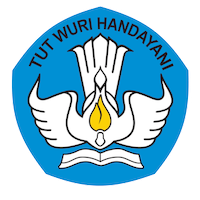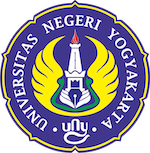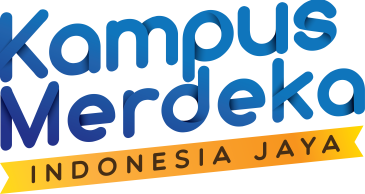During the COVID-19 pandemic, the government encouraged the implementation of online learning at schools and higher education. Online learning is quite effective in preventing the spread of Covid-19, but this distance learning model is less effective and poorly affects the quality of education. Along with massive vaccination, the government then also encourages limited face-to-face learning. Unfortunately, in some cases, the implementation of face-to-face learning has also led to Covid-19 clusters in several schools. This problem prompted Mutiara Pesona Bil Jannah (Citizenship and Legal Education study program), Arga Vegi Anhari (Automotive Engineering Education study program), and Alifah Mauliddin Nur Ikhsan (Information Technology study program) to develop a Vircon (Virtual-Conventional) learning system.
Mutiara stated that blended learning is a breakthrough in learning activities applied during the Covid-19 pandemic. The utilization of information technology and telecommunications has provided the broadest opportunity for students to learn independently online. "However, online learning certainly has obstacles that are felt by both educators and students, especially on interaction barriers," said Mutiara. Mutiara explained that the Vircon Classroom learning is an innovative blended learning model by collaborating between conventional learning and virtual learning.
Arga explained that the Vircon Classroom learning model was implemented by dividing students in each class into two groups where both of them could carry out learning at one time or in one meeting in two places, namely face-to-face and virtual. Meanwhile, face-to-face and virtual groups can be divided alternately according to a predetermined schedule. "At the same time when students who are scheduled to carry out online learning, educators can prepare online learning platforms, such as in classes that are connected to ICT devices using the zoom meeting platform, google meeting, and many more," said Arga. So with this system, teachers teach students' classes offline, but students who have a turn to study online can follow the material delivered through existing online learning platforms.
Alif said there were several advantages in implementing the Vircon learning model. First, educators can return to convey an understanding of the material to students directly. Then, educators can provide an intense assessment of students. Finally, educators can improve their skills in utilizing technology and information. "From the side of students, they can return to carrying out limited face-to-face learning by taking turns in groups while increasing their knowledge about the use of online learning platforms," said Alif.





